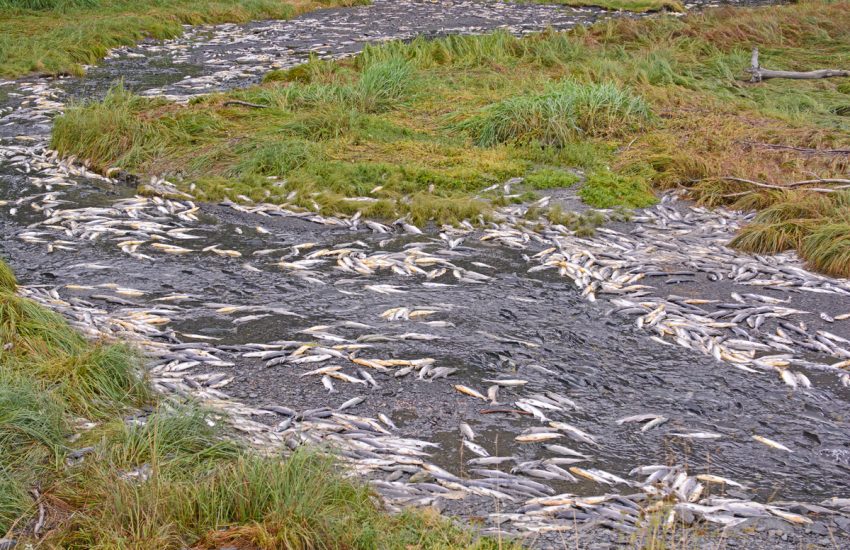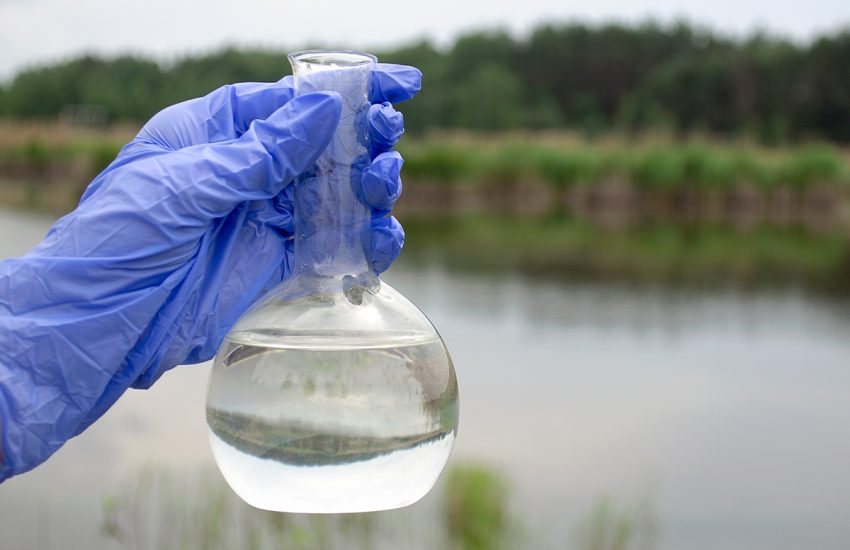Environmental groups are once again urging the Ninth Circuit Court of Appeals to compel the U.S. Environmental Protection Agency (EPA) to expedite its re-evaluation of atrazine, a widely used herbicide with significant environmental and health concerns. This legal push highlights the ongoing struggle between regulatory bodies and environmental advocates over the safety and regulation of chemical substances in agriculture.
Atrazine is one of the most commonly used herbicides in the United States, primarily applied to control broadleaf and grassy weeds in crops like corn, …
Continue Reading









